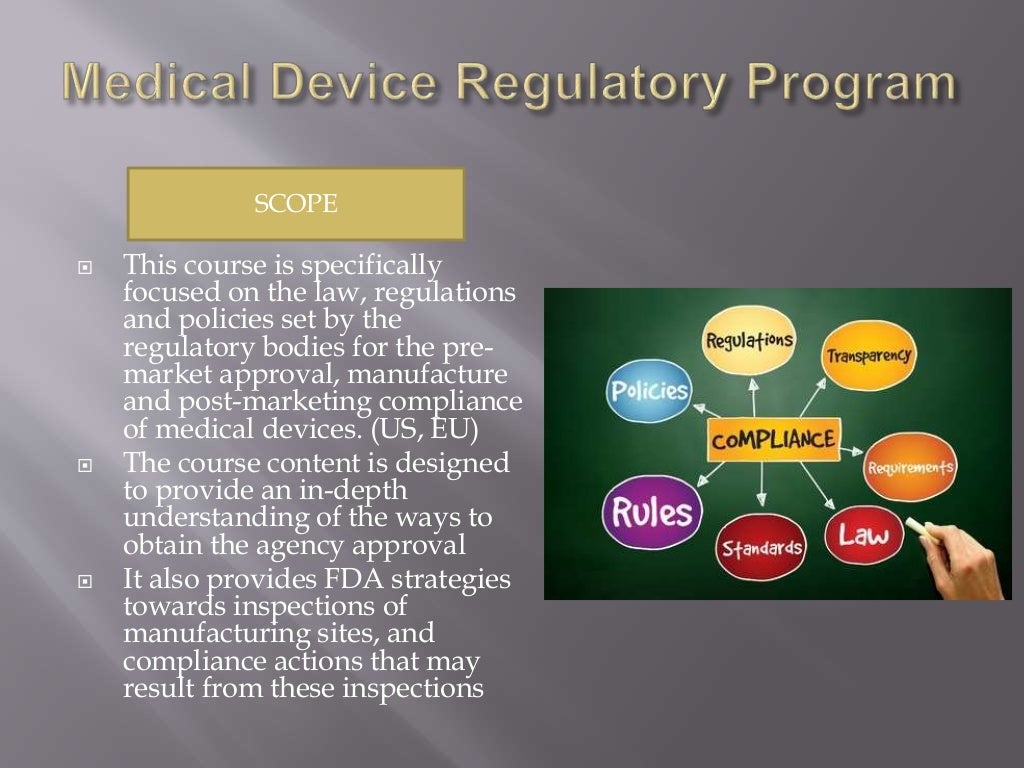The Intersection of Regulatory Affairs and Quality Assurance
The Intersection of Regulatory Affairs and Quality Assurance
Blog Article

In the dynamic landscape of the healthcare and pharmaceutical industries, the seamless interplay between Regulatory Affairs and Quality Assurance is critical for ensuring that products meet safety, efficacy, and compliance standards. As organizations strive to navigate complex regulatory frameworks, understanding the roles and responsibilities of these two pivotal functions becomes essential. Regulatory Affairs professionals are tasked with keeping abreast of changing regulations, while Quality Assurance teams focus on implementing and maintaining systems that copyright product quality throughout the development and manufacturing processes.
The intersection of Regulatory Affairs and Quality Assurance not only enhances product integrity but also fosters innovation. By collaborating closely, these teams work to streamline processes, mitigate risks, and ultimately deliver products to market that meet both regulatory expectations and consumer needs. As regulations evolve and the demand for transparency increases, the synergy between these two disciplines will play a crucial role in shaping the future of the industry.
Understanding Regulatory Affairs
Regulatory affairs is a critical field that focuses on ensuring that companies within industries such as pharmaceuticals, biotechnology, and medical devices comply with relevant laws and regulations. These professionals act as a bridge between the organization and regulatory authorities, guiding products through approval processes and ensuring that they meet requisite safety and efficacy standards. Regulatory affairs specialists are skilled in understanding both the scientific and legal aspects of product development and commercialization.
Regulatory Affairs Program
One of the vital roles of regulatory affairs is to compile and submit comprehensive documentation to regulatory bodies, such as the Food and Drug Administration in the United States or the European Medicines Agency in Europe. This involves preparing various applications, including Investigational New Drug applications, New Drug Applications, and marketing approval submissions. The complexity and thoroughness of the regulatory requirements necessitate a deep understanding of the approval process and the ability to navigate through intricate regulatory landscapes.
Moreover, regulatory affairs professionals play an essential role in post-market surveillance and compliance. They monitor products once they are on the market, ensuring that they continue to meet regulatory standards and responding to any safety issues that may arise. By maintaining an ongoing relationship with regulatory agencies, they help safeguard public health while also supporting the company's objectives of bringing safe and effective products to consumers.
Quality Assurance in Regulated Environments
Quality assurance plays a crucial role in ensuring that products meet the required standards of safety, efficacy, and quality in regulated environments. This process involves systematic monitoring and evaluation of various aspects of production and operation, which is essential for compliance with regulatory requirements. By implementing rigorous quality assurance protocols, organizations can identify and address potential issues before they lead to non-compliance or health risks. This proactive approach not only safeguards public health but also enhances the organization's reputation in the market.
In the context of regulatory affairs, quality assurance serves as a bridge between compliance and operational excellence. Regulatory bodies establish specific guidelines that must be adhered to, and quality assurance teams work diligently to ensure that these standards are met throughout the lifecycle of a product. This includes everything from the initial design and development phases to manufacturing and post-market surveillance. The seamless integration of quality assurance into the regulatory framework helps companies to not only maintain compliance but also to foster continuous improvement in their processes.
Moreover, the collaboration between regulatory affairs and quality assurance teams is vital for successful audits and inspections. Communication between these departments ensures that all quality management systems are in alignment with regulatory expectations. This partnership empowers organizations to respond swiftly to regulatory changes and adapt their quality systems accordingly. As a result, companies can navigate the complex landscape of regulations while maintaining high-quality standards, thus ensuring both market access and consumer trust.
Best Practices for Integration
A successful integration of regulatory affairs and quality assurance requires clear communication between teams. Establishing regular meetings and collaborative platforms can help ensure that both departments are aligned on key objectives and compliance requirements. Sharing pertinent information in a timely manner builds trust and encourages a proactive approach to addressing regulatory challenges.
Another important practice is the development of standardized processes that incorporate both regulatory and quality considerations. Streamlining workflows can lead to increased efficiency and reduced oversight issues, as team members become familiar with shared guidelines. Utilizing tools such as integrated software systems can aid in tracking both quality metrics and regulatory compliance, making it easier for teams to stay on the same page.
Continuous training and education are also vital for the integration of regulatory affairs and quality assurance. Providing teams with ongoing professional development opportunities ensures that they stay updated on industry standards and regulatory changes. By fostering a culture of learning and adaptability, organizations can enhance their capacity to navigate complex regulatory landscapes while maintaining high-quality standards.
Report this page